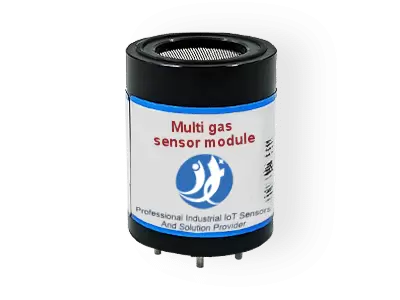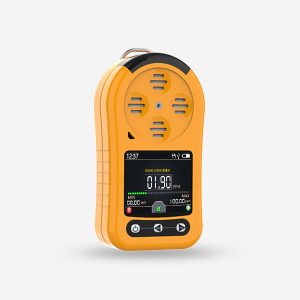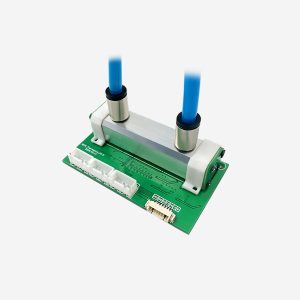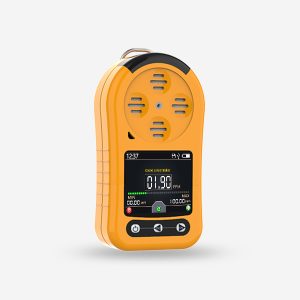Product Introduction:
RS485 NO gas module, built-in high-precision electrochemical sensor, through the patent circuit gas concentration signal output to the customer needs of the digital signal. The sensor is equipped with high precision amplification, noise removal processing and temperature compensation processing. At the same time, each sensor has been calibrated by standard gas before leaving the factory, so as to ensure that customers can directly output usable and accurate gas concentration information from the sensor module
* Models:JXM-NO
* Minimum order quantity: 1 piece
* Delivery time: within 24 hours
Features:
1. Small volume and light weight
2. Professional selection of imported sensors, can carry electrochemical, catalytic combustion, infrared principle, thermal conductivity principle of sensors.
3. High precision, high resolution, fast response.
4. Intrinsic safety circuit design, with electric heating plug operation.
5. Data recovery function, free from worries caused by misoperation.
6. Automatic temperature and humidity compensation function, factory accurate calibration, no need to use calibration. .
7. Analog voltage or current and serial port colleagues output, convenient for customers debugging and use.
8. The most precise circuit design and manufacturing process, complex production, simple use.
9. Low power consumption products, variable power supply can be used in a large number of analyzer instruments, atmosphere, environment UAV monitoring.
Parameters:
tracer gas:nitric oxide (NO)
measuring range:0-20.ppm (default), 0-250ppm,
resolution ratio:0-2000ppm
accuracy:0.01ppm
response time:± 3% (25℃)
principle of detection:generally less than 15 seconds
baud rate:electrochemistry
communication mode:2400/4800/9600
power supply mode:TTL/Modbus RTU
power consumption:5V±2%
running temperature:≤0.2W
working humidity environment:-10 to 50℃
outline dimension:0-95%RH (no condensation)

Attention:
(1) Do not plug or remove the sensor on the module. Incorrect use will cause irreversible damage.
(2) It is forbidden to weld the pins of the module directly, and the tube seat of the pins can be welded.
(3) Module to avoid contact with organic solvents (including silicone and other adhesives), coatings, pharmaceutical, oil.
(4) Do not pass over the range of high concentration of gas, it will cause can not be damaged.
(5) The module shall not withstand excessive impact or vibration.
(6) The module needs to be preheated for more than 3 minutes for the first time.
FAQs:
The harm of nitric oxide?
Hazardous characteristics: Strong oxidation. Contact with inflammable materials and organic matter is easy to ignite. Explosive combination of hydrogen gas. Contact with air gives off a brown, acidic, oxidizing, brownish yellow mist. Nitric oxide is less reactive, but is easily oxidized into nitrogen dioxide in the air, which is highly corrosive and toxic.
The product is unstable and is quickly converted into nitrogen dioxide in the air to produce a stimulating effect. Nitrogen oxides mainly damage the respiratory tract. Initial symptoms of eye and respiratory irritation, such as pharyngeal discomfort, dry cough, etc. Delayed pulmonary edema, adult respiratory distress syndrome, chest tightness, respiratory distress, cough, frothy sputum, cyanosis, etc. often occur after an incubation period of several hours to more than ten hours or longer. Pneumothorax and mediastinal emphysema may be complicated. Delayed obstructive bronchiolitis may appear about two weeks after the resolution of pulmonary edema. High nitric oxide concentration can cause methemoglobinemia. Chronic effects: The main manifestations are neurasthenic syndrome and chronic respiratory inflammation. Pulmonary fibrosis occurred in isolated cases. Can cause dental acidosis.





Reviews
There are no reviews yet.